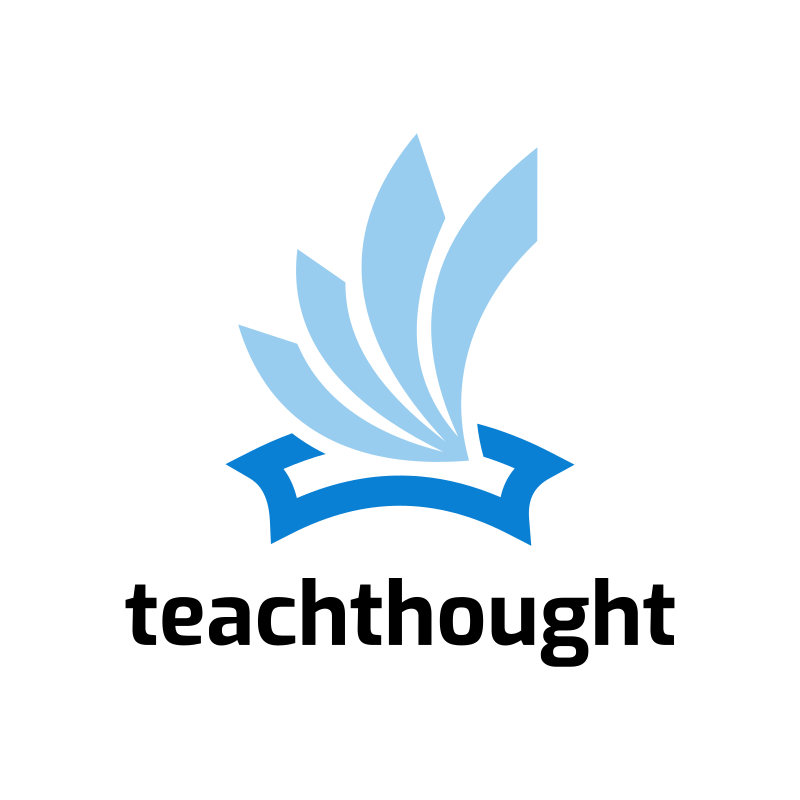Student-Centered Learning Requires Adjustments Of Perspective
contributed by Steve Wheeler, Associate Professor, Plymouth Institute of Education
Who leads the learning in your institution? Is it the teachers or students–or do both contribute equally to ensure the best possible conditions for learning? It’s a fine balance.
Carl Rogers championed student-centered learning, while John Dewey emphasized the importance of learner participation. Seymour Papert strongly believed that the best learning takes place when learners take charge. The Progressive Education movement holds that education is not something that should be imposed upon students, but instead should be a conscious, consensual process with which each learner is actively engaged. Education is not done to us. Education is something we do. Education is at its strongest when learners are at the center of the process and can exercise their choices about what happens.
See also The Underlying Assumptions Of A Curriculum
For students, education should be about taking control of learning, while for teachers, it should be focused on letting go. But that can be a difficult proposition for some teachers because we tend to teach in the same way we were taught. Perhaps the biggest objection traditional educators have about learners taking control is the argument that students don’t really know what they want, so can’t effectively direct their own learning. Progressives respond by pointing out that the most powerful learning occurs when it has personal meaning, and only the student can construct that.
The middle ground is that students can be given freedom to learn while they are scaffolded by experts within prescribed knowledge sets. What students learn is important, but so is the manner in which they learn. The big question all educators must answer in the coming years is how we create a fine balance where students have control of their own learning, and teachers provide the best possible support. One important movement will be from passive reception to active engagement. It will require effective management of expectations–of both students and teachers.
In Experience and Education, John Dewey highlighted the importance of students leading their own learning through active engagement:
“There is, I think, no point in the philosophy of progressive education which is sounder than its emphasis upon the importance of the participation of the learner in the formation of the purposes which direct his [sic] activities in the learning process, just as there is no defect in traditional education greater than its failure to secure the active cooperation of the pupil in construction of the purposes involved in his studying.”
Unfortunately, students will be unable to do this if the school regime forbids a student voice in favor of teacher-dominated pedagogy. We need to get the balance right.
The last word should go to Paulo Freire (and his seminal work, ‘The Pedagogy of the Oppressed’)) “The teacher is, of course, an artist, but being an artist does not mean that he or she can make the profile can shape the students. What the educator does in teaching is to make it possible for the students to become themselves.”
References
Dewey, J. (1983) Experience and Education. Gloucester, MA: Peter Smith Publishing.
Horton, M and Freire, P. (1990) We make the road by walking: Conversations on education and social change. Philadelphia, PA: Temple University Press.
Rogers, C. R. (1983) Freedom to Learn. New York: Prentice Hall.
A fine balance by Steve Wheeler was written in Plymouth, England and is licensed under a Creative Commons Attribution-NonCommercial-ShareAlike 3.0 Unported License.
Student-Centered Learning Requires Adjustments Of Perspective; image attribution Google
